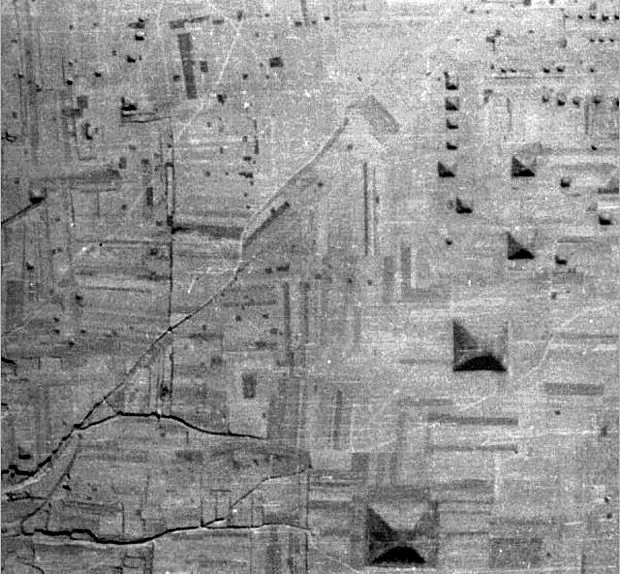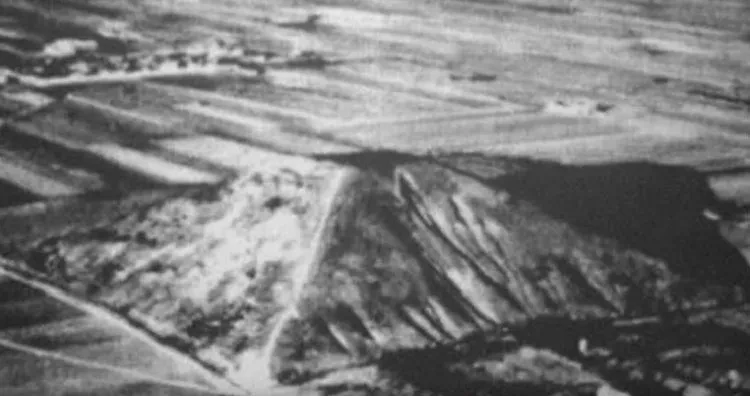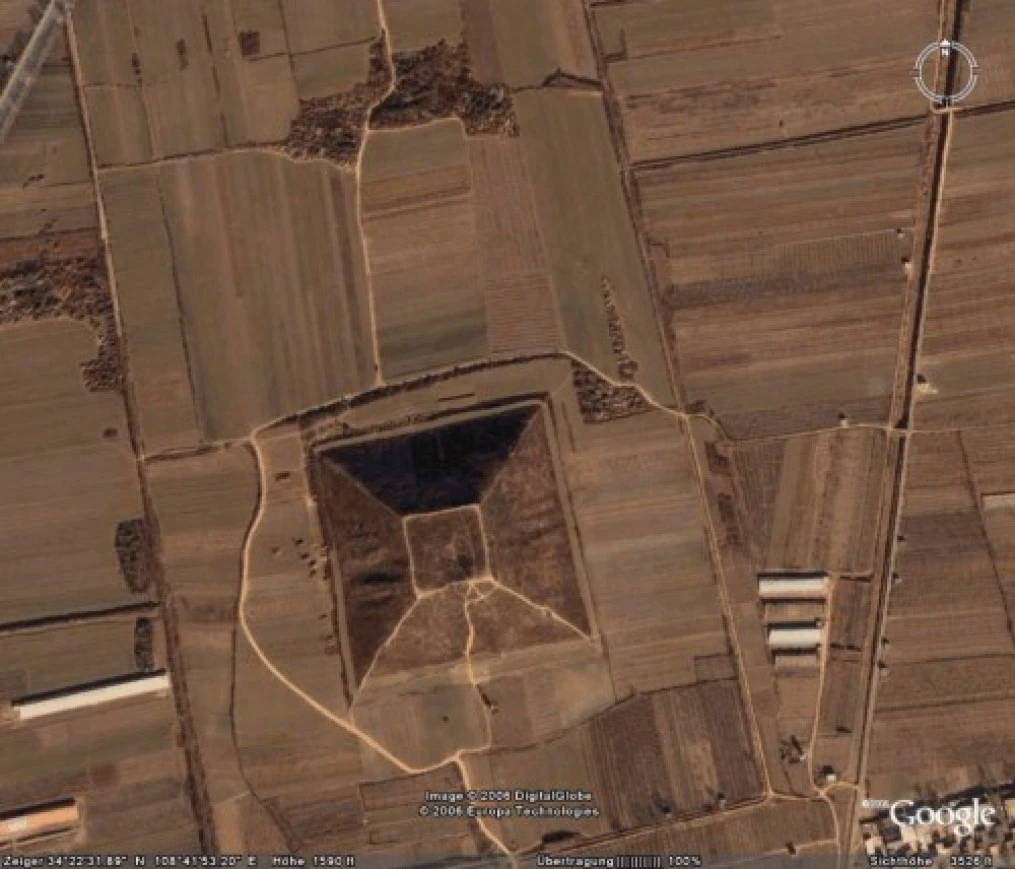Online theories claim Turkish white pyramids in China—historians disagree
 Photo collage comparing ancient pyramids in Egypt (L) and China (R), April 14, 2025. (Photo collage by Türkiye Today team)
Photo collage comparing ancient pyramids in Egypt (L) and China (R), April 14, 2025. (Photo collage by Türkiye Today team)
A long-standing theory circulating online claims that massive pyramid-shaped structures in China are actually ancient Turkish tombs deliberately concealed by Chinese authorities.
While popular on internet forums and YouTube channels, these claims remain widely dismissed by historians and archaeologists as pseudoscientific conjecture.

Myths or forgotten history?
The idea that “Turkish pyramids” exist in China first gained traction in the digital age, amplified by online creators without formal training in history or archaeology. Supporters argue that these enormous structures are ancient tombs of Turkic origin, hidden under forested hills in remote Chinese provinces.
Allegedly, the Chinese government has banned exploration and covered the mounds with trees to obscure their significance. However, experts in ancient Central Asian history firmly reject these notions, suggesting the claims lack credible evidence and scientific methodology.

Discovered from the sky
The so-called “white pyramids” were reportedly spotted by U.S. Air Force pilots during World War II while flying over central China. The pilots mistook the hill-like mounds for pyramids because of their geometric shapes, sparking global intrigue.
In later decades, amateur researchers from Türkiye drew connections between these structures and Turkic history, claiming they predated known Chinese dynasties. Yet this leap from aerial sightings to civilizational attribution has not been supported by mainstream archaeology.
Were white pyramids built by the Uyghurs?
One of the most persistent narratives links the white pyramids to the ancient Uyghur civilization.
Believers assert that the Uyghurs constructed these monuments thousands of years ago.
However, academic sources contradict this, pointing out that no archaeological evidence supports the existence of such massive constructions by the Uyghurs. Critics also highlight glaring chronological inconsistencies: while some theorists claim the pyramids were built by Uyghurs, others place their origins in the pre-Christian era—long before the Uyghur civilization had even emerged.

Kazim Mirsan effect
A central figure behind the “Turkish pyramid” theory was Kazim Mirsan, a controversial amateur historian and former civil engineer. Mirsan, who passed away in July, believed the Turkish nation was 15,000 years old and claimed that early civilizations such as the Sumerians, Hittites, Phrygians, and Etruscans were of Turkic descent.
He also asserted that the Chinese pyramids were Turkish creations. Despite his popularity in some circles, Mirsan lacked academic credentials in history or archaeology. Experts argue that his views, while imaginative, are speculative and unsupported by scientific evidence.

What do the experts say?
According to Turkish media, Professor Ahmet Tasagil, a renowned historian specializing in early Turkish history, categorically rejects the theory that the white pyramids are of Turkish origin. According to Tasagil, the structures in question are ancient imperial tombs from early Chinese dynasties.
He emphasized that no known Turkic cultures of the era had the means or motivation to build such monumental architecture. Tasagil also warned that sensational claims like these contribute to a growing wave of misinformation surrounding early Turkish history and urged a more critical, evidence-based approach to historical investigation.
As a result, the claim that China’s “white pyramids” were built by ancient Turks remains unsubstantiated. While these mysterious structures continue to inspire curiosity and conspiracy theories, there is no credible academic research supporting their connection to Turkic civilizations. Historians stress the importance of separating fact from fiction, especially when it comes to ancient history.



